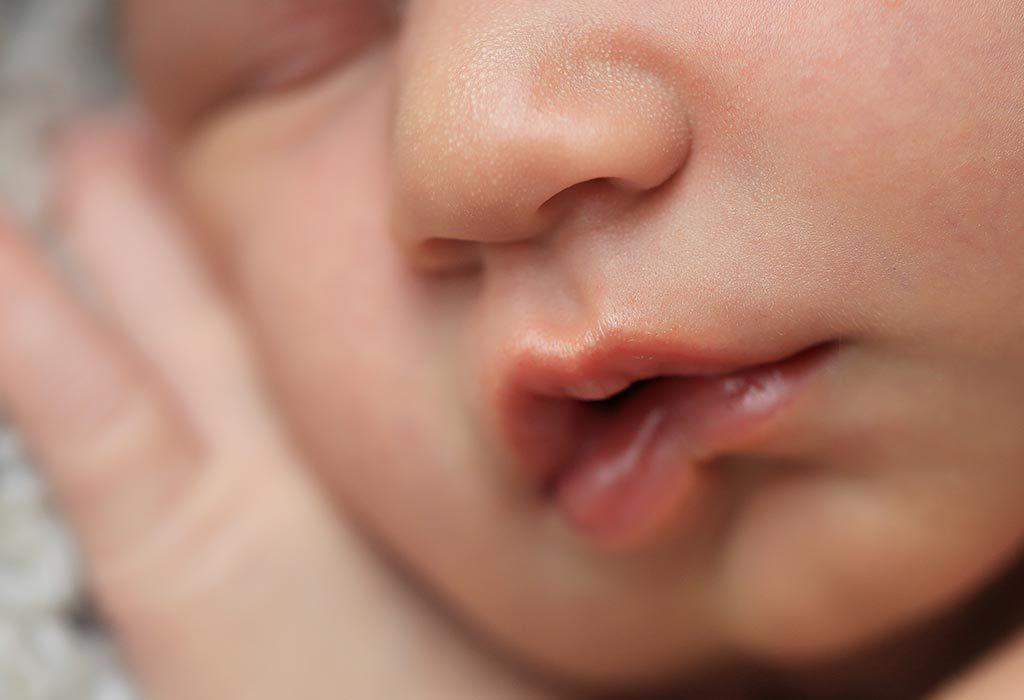
Computed tomography of the brain revealed bilateral basal ganglia, thalamus, subcortical white matter, red, and dentate nuclei calcification ( Trousseau’s and Chvostek’s signs were positive, and neurological examination revealed a rhythmic, 8 to 10 Hz tremor involving upper lip ( We report a postpartum female, with two previous miscarriages, presenting with seizures and lip tremor and diagnosed with hypocalcemia.Ī 23-year-old woman, 5 days postpartum with past history of two second-trimester miscarriages presented with new-onset generalized tonic–clonic seizures and lip tremor without fever, headache, or vomiting. Lip tremor in hypocalcemia has never been reported to the best of our knowledge. Call us at Texas Neurosurgery, (214) 823-2052, and let’s check out what is going on.Neuromuscular hyperexcitability (NH) resulting from hypocalcemia commonly manifests as facial twitching and perioral tingling. If you’ve noticed twitching in an eyelid or elsewhere on one side of your face, and if these spasms continue, we should see you. Our Texas Neurosurgery neurosurgeons may then need to perform a procedure known as microvascular decompression, which alleviates pressure on the facial nerve.

In some cases, Botox does not stop the spasms. Botox injections are usually quite successful. This stops the spasms triggered by the pressure on the facial nerve. By blocking the nerve messages sent from the muscle to the brain (the mechanism by which the botulinum toxin keeps the injected muscle at rest), the muscles never are signaled to contract. We use Botox in many patients with hemifacial spasm, as well. This actually was the first approved usage of Botox (which has since become renowned for removing wrinkles on the upper third of the face) by the FDA. When injected into the muscle creating blepharospasm, it blocks the contractions and stops the twitching. Botox is made of the botulinum toxin type A, and when it is injected into a muscle it temporarily stops that muscle from contracting. In that condition, the usual treatment is injection of Botox. This condition has much in common with a condition known as blepharospasm, the involuntary twitching solely of an eyelid. In some cases, unfortunately, a cause cannot be identified.

It can also be a signal that there is a tumor in the area creating the same pressure on the facial nerve. This occurs when the blood vessel creates excessive pressure on a facial nerve where it exits the brainstem. Hemifacial spasm is most often caused by a blood vessel touching a facial nerve. Eventually every muscle on the affected side may experience increasingly frequent spasms. In hemifacial spasm, the muscle spasms usually spread downward on the face, moving to the lower portion where it may cause contortions such as a sideways pulling of the mouth. From there, if allowed to progress, the condition can end with a complete closure of the affected eye.

The condition often begins with occasional twitching in an eyelid. Hemifacial spasm is a nervous disorder in which the muscles on one side of the patient’s face twitch involuntarily.



 0 kommentar(er)
0 kommentar(er)
